6: The Sixties
<< 5: After WWII || Bibliography and Sources
When the ocean temperature and the land temperature are
right, fog rolls in from the
sea. Sometimes it is so thick that the world is enveloped in moisture, raining droplets so
fine that they seem suspended in mid-air. At times, the blanket of fog is
so thick that one can barely see the hood of a car. Eerily beautiful unless one
has an accident. The world turns gray; the flaws are masked. Sea fog evokes
thoughts of mystery and movies.
The sun comes and burns off the fog. All is revealed. Reality
returns—the beauty, the ugly, the benign, the mean—and
people have to adjust in the meantime. Only the ocean is constant but even it
has moods. Sometimes it caresses the shore in a gentle motion. The sandpipers
scurry across the beach; the gulls lift off, fly, land, and do it again. An
occasional pelican patrols beyond the surf looking for a meal. A school of
porpoise sometimes passes; less often a school of pogey fish causes
the surface to flutter. Small sharks feed on the pogey. In a matter of hours,
the ocean can change; sometimes it pounds and pounds and pounds the shore.
Violent breakers make it forbidding. The beach shifts. Wave and wind are
formidable forces.
The Beaches changed in the 1960s; they became a very
different place. Signs of change were there but often went unnoticed in the business of
everyday life. Some were abrupt, some slow and subtle.
The decision not to rebuild the Coaster block was one. It
meant the end of the Boardwalk, the carnival-like midway along the oceanfront
that had entertained so many. The Boardwalk was less and less able to compete
against theme parks. Disneyland set the standard in 1955. In 1958, Walt Disney
decided to build another theme park in central Florida. In 1964-65, the
corporation began buying land south of Orlando and lobbying the Florida state
legislature for special deals. The Florida Turnpike and Interstate Highway
system funneled patrons farther south. The Jacksonville Expressway helped. No
one wanted to turn the Boardwalk into a theme park, its only salvation. The
midway on the sea, smaller, would only continue a few more years.
Dancing on the pier disappeared. People had danced on the
pier to live or recorded music since the 1920s. Many of the rides were for kids.
Dancing and drinking on the pier was for adults but many Fletcher students
danced there as well. Parents staged an all-night dance for those who went to the prom, serving
breakfast at dawn. But it needed repair. When it burned in 1962, there were
those who claimed arson. Maybe so but no one stepped forward to rebuild this
Beaches institution. Instead, a fishing pier went up in a residential area.
Going to the beach meant getting cooler for the breezes
mitigated the summer heat. The wind came ashore in the morning and went to sea
in the afternoon, almost always. Florida gets very hot; the breezes were an
attraction. In the 1960s, those who could afford it air conditioned. In 1965,
for the first time, the majority of automobiles sold in Florida had air
conditioning. People demanded it in businesses and homes as well. The Beaches lost a
competitive advantage.
Air conditioning changed life almost as much as cars. People
stayed inside; youngsters rarely played outside. The sense of community declined. It was hard to know
people you rarely saw and with whom you did not associate. Inside one's air
conditioned car, one lived in isolation, not hearing and feeling the outside.
Watching one of the two commercial television channels meant
not only isolation from others but also being saturated with the cultural values
that big business promulgated to make money. As the decade
marched relentlessly on, TV was in living color, more powerful than black and
white. Unlike the movies, TV taught that one
should buy and buy and buy. Television sets became the idols that people
worshipped, almost always having the prominent place in the home. The commercials were often better than the programs.
They were more important. Commercials promised that article X would bring love,
pain relief, respect, sexual fulfillment, or happiness or some combination
thereof. All one had to do was buy. To get one to watch the commercials, the
programs featured and taught self indulgence and instant gratification, the efficacy of
violence, the supremacy of the U.S., tolerance of divorce and adultery, and that any and all life's problems could be solved in less than half
an hour. Serious, complicated information could be reduced to a sound bite or
two. Television, a big business, created "The Sixties" and was paid
for by other big businesses—General Motors, Proctor & Gamble, Kellogg's, Anheuser-Busch,
RCA, Revlon, Maidenform, Marlboro, Coca-Cola, Holiday Inn—to name a few.1
TV preached consumerism more powerfully than any medium
before could have hoped and encouraged a change in family patterns. TV redefined
what was a "normal" standard of living. TV characters had material
good far out of proportion to what real people made in real life. People did not
stop and say that a private detective would not afford those clothes or that car
or that a woman working in a Mid Western television station would never be able
to afford those clothes or that apartment. Houses were bigger and better
furnished than the average person but the fictional character was portrayed as
average. Who knows how long "Keeping up with the Jones" had existed
but TV blatantly as well as subtlety redefined what the Jones had. Both parents
had to go to work to pay for this new standard of living, a standard that was
constantly escalating.
National brand names replaced local and regional products as television created a national consumer economy.
Expensive, sophisticated, motivational advertising was beyond the financial
means of small businessmen and women. Chain motel chains destroyed the
family-owned motels and hotels, so common on the Beaches. The same happened
to grocery stores, pharmacies, and burger outlets. Such Beaches grocery stores
as the A&A grocery stores were doomed. So, too, was the Surf Maid, the
iconic drive-in restaurant where teens congregated. Discount stores replaced the
5 & 10 cent store and many other shops. The opening of Regency Square Mall in Arlington in
1967 marked the beginning of the end for downtown Jacksonville and for downtown
Jacksonville Beach. Shopping in a mall with its free parking, climate control, wide variety of
stores, and wonderful lighting was easier than paying to park and trudging in
the weather from store to store. So shoppers quit going downtown. The city
centers, both in Jacksonville and in Jacksonville Beach, became hollow.
Baby Boomers, those born from 1946 through 1964, became a
cultural tsunami in the United States, changing commerce, attitudes, and
politics. The first of the generation turned 18 in 1964. Their parents, in
particular, and society, in general, had indulged them, had given them power.
Things were done "for the children" instead of "for the
marriage" or "for society." They and their older siblings had
changed popular music so that reflected their immediate concerns, that is, rock'n'roll.
Advertisers, having figured out that teenagers and young adults, had more
discretionary income than their parents, designed ad campaigns to get them to
buy. Pepsi proclaimed it was the drink of the "Pepsi Generation" and
cut into the market share of Coca-Cola. When boomers began to wear underwear as
a primary article of clothing, often using it to display a slogan or dying
it, that is, the T-Shirt, corporations began the T-Shirt industry. When
the boomers modified panel trucks and the like, Detroit began creating the
passenger van. As the Boomers created a sexual revolution, society loosened its
rules, de facto and de jure, towards sexual practices. When Boomers could not
get their way, they threw tantrums on campuses and in the streets. They saw the
disconnect between what the US said it was and the everyday reality and believed
that they could make things right. And society encouraged them.
Although the Beaches were affected by this social change, the
immediate problem in 1964 was Hurricane Dora. On September 10th, it devastated the
Beaches. Both piers, Jacksonville Beach and Atlantic Beach were hit and
destroyed. Damage to the Atlantic Beach Hotel was
extensive. Although owner Gerry Adams, son of W. H. Adams, Sr., rebuilt it, he
sold it in 1969. The hurricane, chain motels, and the growth of tourist
destinations further south made it unprofitable. The Adams family had been on
the hotel business at the Beaches since early in the century. Le Chateau
Restaurant in Atlantic Beach went as well. The Seven Seas Drive-In and other
Boardwalk businesses were damaged. Dora
damaged a number of other businesses as well as home on the Beaches. The Ponte
Vedra Inn and Club was inundated. Dora made some people afraid to live
on the ocean. It caused only one fatality but destroyed $280
million of property, $1,764,000,000 in 2005 terms.2
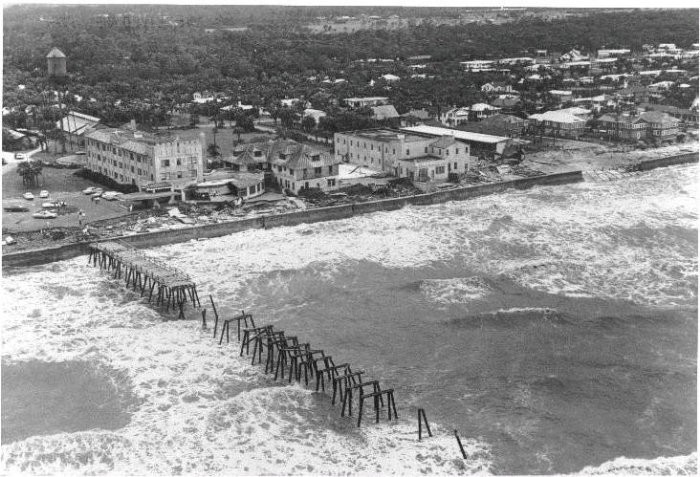
Figure 6-1 1964 Atlantic Beach Hotel After
Hurricane Dora
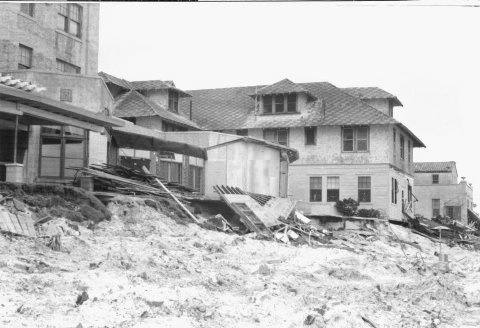
Figure 6-2 Atlantic Beach Hotel (photo by Nancy Adams)
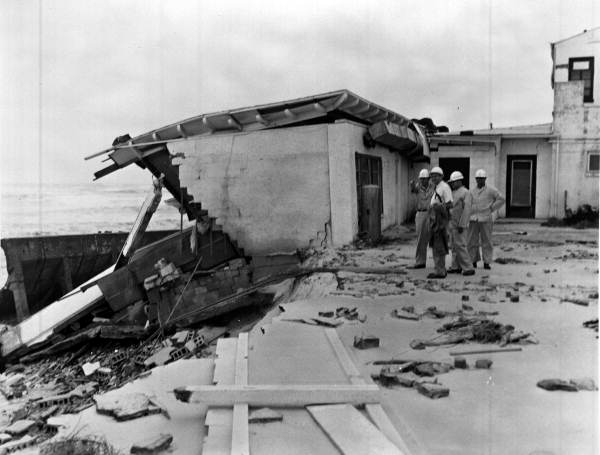
Figure 6-3 1964,
Hurricane Dora. Le Chateau Restaurant
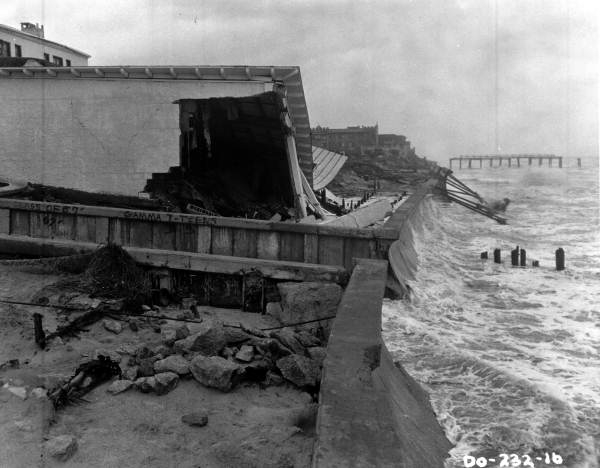
Figure 6-4 1964, Hurricane Dora. Le Chateau Restaurant

Figure 6-5 Seven Seas Drive-In Restaurant

Figure 6-7 Jacksonville Beach
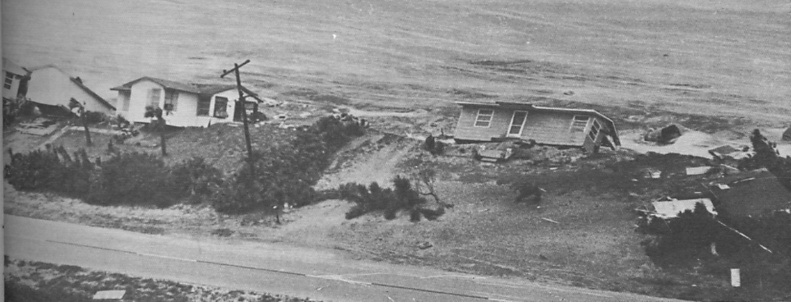
Figure 6-8 Seaside homes in Jacksonville Beach
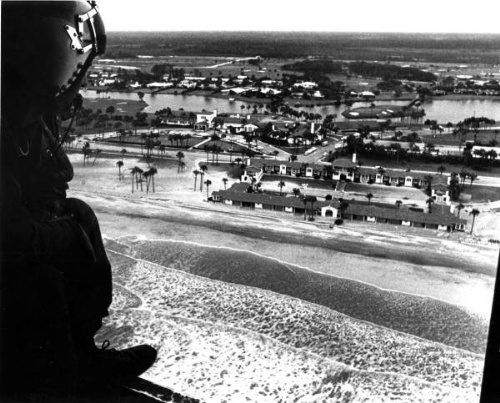
Figure 6-9
1964 Ponte Vedra Inn & Club
For Florida, the Cold War came closer to home. The October 4, 1957
launching of the space satellite Sputnik by the U.S.S.R. sparked a drive
by the United States to surpass their Cold War adversary. Florida benefited by
the creation of the major launch site on Cape Canaveral, renamed Cape Kennedy
after the assassination of President John F. Kennedy in 1962. U.S. government
money spurted into the state. The Jacksonville area Naval bases had been beefed
up by the Korean War in the early 1950s. Fidel Castro and a coalition overthrew the Fulgencio
Batista dictatorship in Cuba. On January 1, 1959, 55 officials and family members connected
to Fulgencio Batista landed in Jacksonville, including three Batista children
and Army chief
of Staff Francisco Tabernilla. Within two years, Castro was clearly establishing
his own dictatorship albeit an anti-capitalist one. The U.S. sponsored the Bay
of Pigs Invasion in 1961; Jacksonville was involved. Cubans who could fled to
Florida, becoming the nation's most prosperous ethnic group and a major force in
Florida politics. When U.S. got more involved in the Vietnamese civil war to the
point that the war became the Vietnam War, Jacksonville was involved. The U.S.
government pumped more and more money into Duval County. The Beaches benefited
because of Mayport. The military also influenced the area with its attitudes and
personnel practices. President Harry Truman had ordered the desegregation of the
armed forces in 1948; although change was slower in the Navy, it occurred. Duval
County, however, was very segregated.
African-Americans had always been an critical component of
Jacksonville's population; they had been a majority in the 1900 and 1910
censuses and a very large minority thereafter. In 1960, they were still 41.1% of the city's population although this
figure is deceptive because many "whites" had moved outside the city
limits. The percentage of African-Americans was not that high at the
Beaches but substantial; besides, what happened in Jacksonville affected the Beaches.
| Year |
Population |
"White" |
% |
"Black" |
% |
| 1900 |
28,429 |
12,158 |
42.8 |
16,236 |
57.1 |
| 1910 |
57,699 |
28,329 |
49.1 |
29,293 |
50.8 |
| 1920 |
91,558 |
49,972 |
54.6 |
41,520 |
45.3 |
| 1930 |
129,540 |
81,322 |
62.8 |
48,196 |
37.2 |
| 1940 |
173,065 |
111,247 |
64.3 |
61,782 |
35.7 |
| 1950 |
204,517 |
131,988 |
64.5 |
72,450 |
35.4 |
| 1960 |
201,030 |
118,286
|
58.8 |
82,525 |
41.1 |
| 19703 |
528,865 |
401,695 |
77.1 |
118,158 |
22.3 |
| 1980 |
540,920 |
394,756 |
73.0 |
137,324 |
25.4 |
| 1990 |
635,230 |
456,529 |
71.9 |
160,283 |
25.1 |
Figure 6-10 City of Jacksonville Population, 1900-1990
Racial discrimination and undemocratic practices became increasingly problematic
since 1941 because the United States had been loudly proclaiming its belief in
democracy and its opposition to racism. WWII was fought, in part, against German
and Japanese racism as well as against totalitarianism. After the war, the U.S.
adopted Harry Truman's Containment
Policy against the Soviet Bloc, deciding to stop the expansionism of
Communists countries until their internal contradictions destroyed them from
within. It was a long-haul policy. The United States argued that liberal
democracy produced human happiness, freedom, and wealth whereas Communism
produced misery. Much of the Cold War and some hot wars were "fought"
in Africa, Asia, and Latin America, areas where people's skin color tended to be
darker than "whites" in the United States. American minorities—African-Americans,
Mexican-Americans, American Indians, etc.—saw the contradiction between
propaganda and reality and challenged the status quo.
Jacksonville had long been a racist city; the near equal number of
"whites" and "blacks" made "whites" fearful that
their privileges might end. The Ku Klux Klan had been a force in the 1920s and
it had not disappeared. Few "whites" were in the Klan but they resisted
desegregation. When Rutledge Pearson led demonstrations in August ,1960
against segregated lunch counters at the downtown Woolworth's, McCrorys, and
Kress stores. One day, two "black" youths accidentally knocked a
"white" woman into a plate glass window. Then on another day two women
got into a fight. On August 27th, hundreds of Klansmen and other bigots
demonstrated in downtown Jacksonville with the police watching. When some young
"blacks" tried to get lunch counter service at the Grant's store and
were refused, they were attacked by the "white" demonstrators who used ax handles and other weapons. They chased
the teenagers into a
"black" section of town but were run out by a "black" gang. Police
intervention stopped the riot. More "blacks" than "whites"
were arrested, of course. The city government of Haydon Burns, even though
African-American votes put him in office, was racist. He was a powerful force in
Jacksonville affairs as mayor from 1949-1965, when he became governor. Burns was
a segregationist so he refused to create a biracial commission to resolve the
issues. He was a determined conservative mayor of a conservative city.
African-Americans threatened an economic boycott and "white"
businessmen, fearing loss of profits, agreed to meet with African-American
leaders and work out compromises. Desegregation began. "Green" was a
more powerful color than "white" and "black."
Peace lasted a few years when it became clear that what
little desegregation that had occurred was nothing more than a token. Pressure
to change increased. A boycott was suggested and protests. Some
"whites" threatened violence. Then, on February, 16, 1964, a bomb
exploded in the home of Iona Godfrey, a civil rights worker whose son had
integrated a "white" school. No one was hurt but the incident meant
that the civil discourse ceased to exist. The NAACP stepped up demonstrations
and effort to integrate businesses. Tensions increased. Then, on March 23, 1964,
riots broke out and lasted until calm was restored on March 25th. Even Burns,
who was running for governor, finally had to admit that the two sides needed to
talk and make accomodations.4 Desegregation
of businesses, some schools, and some employment ensued. That Dr. Martin Luther King,
Jr. led demonstrations that year in St. Augustine, thirty-miles away, encouraged
people in Jacksonville to find solutions.
Jacksonville found a solution to bad government as well, a
solution that would transform Duval County, including the Beaches. Burns had
been an effective mayor in many respects. He cleaned up downtown and the
riverfront. He told "The Jacksonville Story," an effort to
attract major corporations to the city and succeeded. “Later, when state law created a favorable
environment for insurance companies, Jacksonville’s skyline became dominated by
insurance-company logos: Prudential, Gulf Life, Independent Life and American
Heritage Life.”5
The Burns administration developed a reputation for corruption. His police department was scandalous. Grand juries began indicting many public officials.
"Some thought that electing Burns governor was a great way to get him out of
town.”6
Then the Duval County schools lost their accreditation from
the Southern Association of Schools and Colleges in 1965, a major embarrassment.
That was the fault of a different government and its elected superintendent, Ish
Brant, former football coach, athletic director and assistant principal at
Fletcher Junior-Senior High School, and local leaders. The accrediting association tried this
desperate measure because Duval County and
community leaders persisted in trying to educate on the cheap. Funds were so
lacking that schools had not been cleaned in years; current textbooks were in
short supply; and the instructional staff was demoralized by low pay and
mediocre to bad working conditions. African-Americans students and teachers
were the proverbial "red-headed stepchildren" of the system. They got
what, if anything, was left over.
Community leaders acted but it took a few years to effect the
consolidation of Jacksonville and Duval Country in 1967-68. Support for the
change came
from a variety of sources. Brant used the loss of school accreditation to
get the funding he had long sought. One television station did the nightly news with a
reporter standing in front of the city hall skyscraper telling of the latest
city employee to get indicted. Someone devised a very clever way to show the
governmental problems in the county, problems that facilitated confusion and
corruption. The host of the TV program stood in a bare room with an outline map
of the country on the floor. Each time he mentioned a government that existed in
the county, he put a stanchion with the name of the entity on the map. By the
time the program ended, he had to stand outside the map because there was no
room. Voters got the point. The system in Duval County was rotten. In August, 1967,
the voters of Jacksonville and Duval County decided, with 65 percent of the votes cast,
to consolidate the county and the city. Baldwin to the west and Atlantic,
Neptune, and Jacksonville Beaches refused, however. On October 1, 1968,
Jacksonville marched out to Pablo Creek. The Beaches were never the same. They
were dwarfed by a government covering 840 square miles, the largest city in land
area in the world.7
The Beaches, whether the residents liked it or not, had
become a bedroom community of Jacksonville. Maintaining independence from
Jacksonville was a constant battle. Interlocal agreements between the county
(Jacksonville) and the Beaches governments had to be negotiated again and again;
imperial Jacksonville wanted control. Deciding the boundaries lines between
would, inevitably, be a constant problem even when the Beaches governments won
in the Florida Supreme Court. As the land along Atlantic and Beach Boulevards
was filled with homes and businesses, cross roads running north and south had to
be expanded or built. The J. Turner Butler Boulevard, an expressway opened in
1997, ran across the southern part of Jacksonville. Dubbed by wags as the
"road to nowhere" it soon fostered development along its route and in
south Jacksonville Beach and in Ponte Vedra Beach. It reinforced the fact that
the Beaches were Jacksonville, whether they liked it or not.
The Beaches population grew and grew.
In 1964, Duncan U. Fletcher Junior-Senior High School split. The high school
moved across the street into Neptune Beach and the former school became a
"middle school." The unity of the Beaches was broken. The population
growth in northern St. Johns River county, in Ponte Vedra Beach and Palm
Valley especially, meant the creation of Nease High School. Private high schools
further fragmented the Beaches. They had become simply part of the urban sprawl.
They went from tents on the beach to a congested conglomeration of chain stores,
expensive houses and condos, and modest dwelling. The last will go; greed,
conspicuous consumption. and egotism will conquer the traditionalists, the ones
who try to hold onto the past. The Beaches had lost their raison d'etre. Driving
on the beach was outlawed in 1979, killing a tradition that had existed since
1906. The seawalls or bulkheads were buried under new sand.
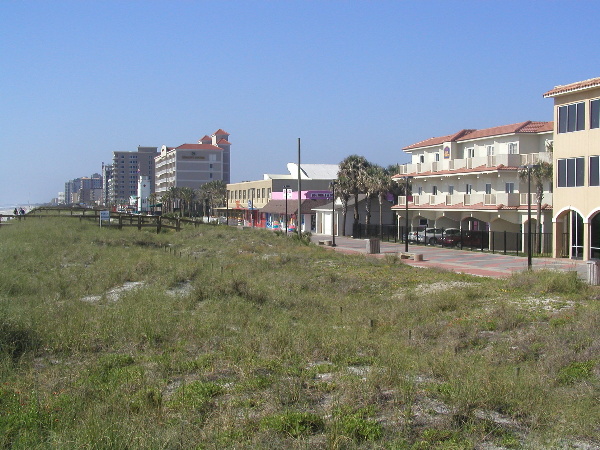
Figure
6-11 The Boardwalk, 2004
Only the ocean and its beach were constant. Upon reflection, the city on the St.
Johns River had won; it swallowed the Beaches.
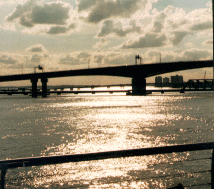
Figure 6-12 Fuller Warren Bridge, Jacksonville
__________
1. See Bob Garfield, " Top 100 Advertising Campaigns of the Century;
Randall Rothenberg, "The Advertising Century," gives a quick overview of the power of
television advertising.
2.Cost-of-Living Calculator - AIER.
3. Jacksonville and Duval County became synonymous in 1968 and all the “white” suburbs became part of the city.
4. Abel A. Bartley, "The 1960 and 1964 Jacksonville Riots: How Struggle Led
to Progress," Florida Historical Quarterly 78:1, Summer 1999, pp. 46-73.
Barley asserts that Pearson, an outstanding athlete, had been signed to play for
the Jacksonville Beach Sea Birds but the ballpark was closed to prevent his
playing.
5.. City of Jacksonville Web site.
6. Bill Foley, The Jacksonville
Story,” February 21, 1999.
7. James
B. Crooks, Jacksonville: The Consolidation Story, From Civil Rights to the Jaguars. 2004., p. 150. See also Richard
A. Martin, A Quiet Revolution: The Consolidation of Jacksonville-Duval County and the
Dynamics of Urban Political Reform. 1993. James B. Crooks, "An
Introduction to the History of Jacksonville Race Relations," Address
given to the JCCI Improving Race Relations study committee, October 30, 2001.
<< 5: After WWII || Bibliography and Sources

